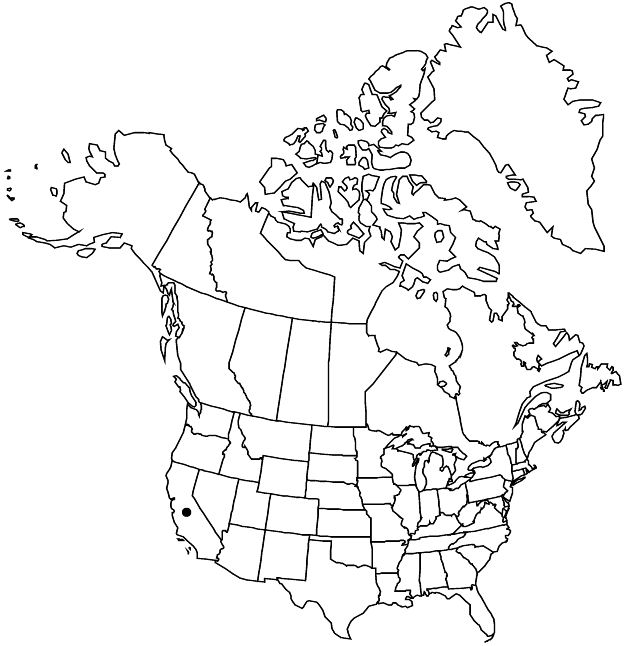Potentilla rimicola
Phytologia 71: 420. 1992.
Short hairs not well differentiated from long hairs, absent or sparse throughout. Stems 0.4–2(–3) dm. Basal leaves palmate, 3–10 cm; petiole 1–7 cm, long hairs abundant, spreading to ascending, 1–3 mm, weak, glands abundant; leaflets 5, central oblanceolate to broadly obovate-cuneate or nearly orbiculate, 1–3 × 0.8–2 cm, scarcely to distinctly petiolulate, distal ± 1/3 of margins evenly incised ± 1/4 to midvein, teeth 2–4 per side, surfaces green, long hairs sparse to abundant, 1 mm, glands ± abundant. Inflorescences 3–20-flowered. Pedicels 0.5–2.5(–4) cm. Flowers: epicalyx bractlets lanceolate-elliptic, rarely linear, 1–2(–5) × 0.5–1.5 mm; hypanthium 2–3.5 mm diam.; sepals 2–4(–5) mm, apex ± acute; petals ± paler abaxially, bright yellow adaxially, ± obcordate, (3–)4–7 × 3–6 mm; filaments 1.5–2.5 mm, anthers 0.5–1 mm; carpels 5–20, styles 1.5–2.5 mm. Achenes 1.5 mm, smooth to faintly rugose.
Phenology: Flowering May–Sep.
Habitat: Crevices on protected faces of granitic outcrops in conifer woodlands
Elevation: 2400–2900 m
Distribution

Calif., Mexico (Baja California).
Discussion
Of conservation concern.
Potentilla rimicola is known only from Tahquitz Peak in the San Jacinto Mountains, Riverside County, California, and the Sierra San Pedro Mártir in Baja California, Mexico. Plants are rooted in rock crevices, often on vertical surfaces, in contrast to P. wheeleri, which is rooted in the ground.
Selected References
None.